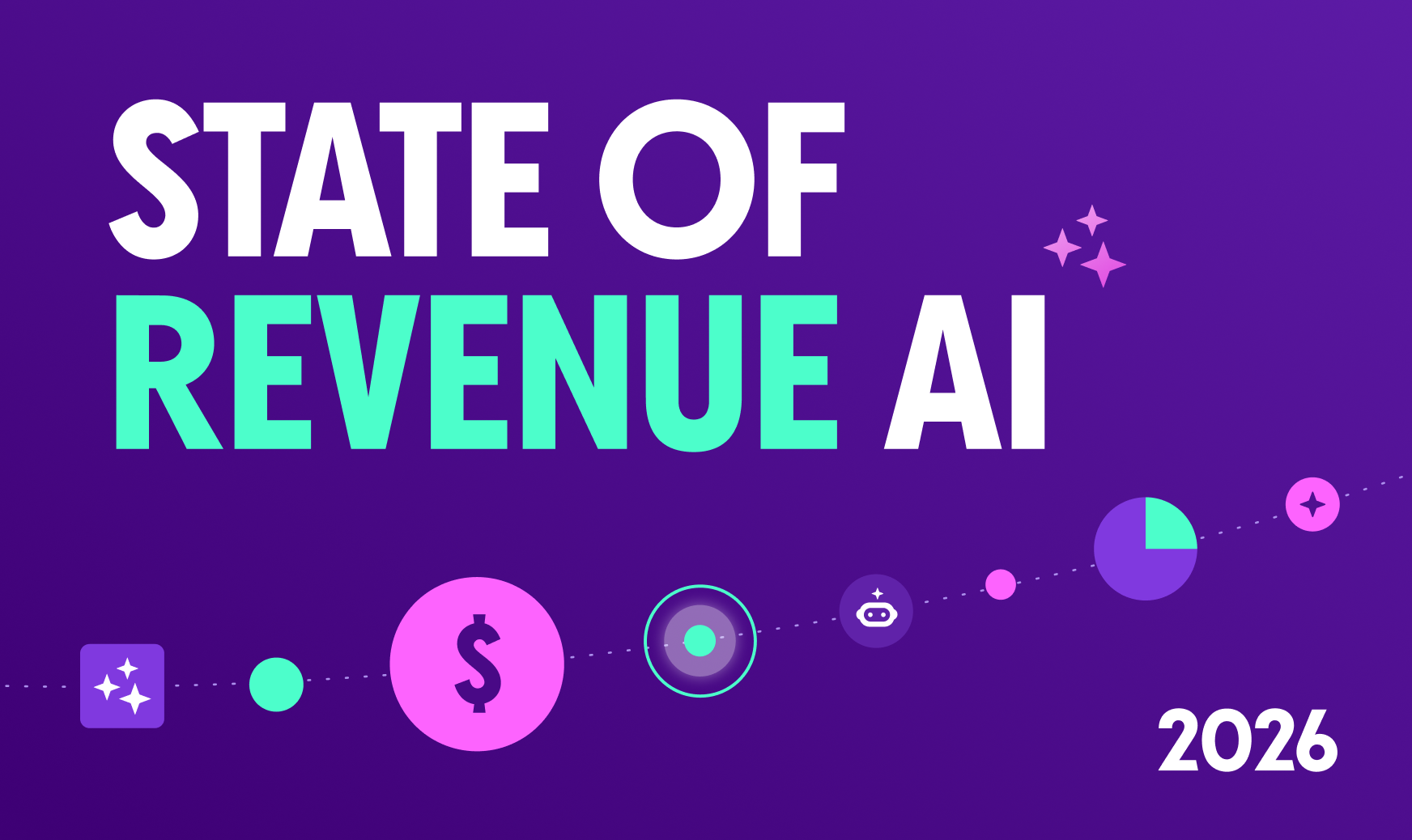Executive insights
10 Reasons We Are Seeing More Unicorn Companies Than Ever Before

Eilon Reshef
Chief Product Officer & Co-Founder at Gong
Published on: January 27, 2022
The first half of 2021 produced 291 new unicorns — more than 2011-2015 combined.
Unicorns, which are new companies valued at $1 billion or higher, were so named because of their rarity. But now, we’re seeing more unicorns than ever before, by a wide margin. Software as a service (SaaS) companies, which represent more than a third of all unicorns , lead the trend.
Why are we seeing so many more unicorns — and why are so many of them SaaS companies?
Here are the 10 factors contributing to the rise in unicorn companies:
1. New technologies, led by the cloud
Whenever there’s a major technological advance, newcomers leverage it into mega-corporations. The advent of TV gave rise to NBC and CBS; cellphones made Verizon and AT&T possible.
Today, it’s the cloud.
Back in the 1980s, we had to sell each customer a CD or hard drive containing the software. The customer then had to physically install the software on their own server, learn how to use it, and wait a long time for updates.
In the 2000s, companies started building their own data centers. That made it more efficient for both company and customer — but still, not every company could afford to buy or build a data center.
The cloud eliminated nearly all barriers to entry. The cloud lets companies put software in a d, public place, without major investments in real estate or infrastructure. Now, you can build a software company with $100 in the bank. I should know — I ran the earliest version of Gong off my personal Gmail account, paying less than $100 a month.
The old process of build, ship, install has been flattened into code and upload. With lower capital barriers,manymore people can make forays into the SaaS space.
2. Verticalization — easy access to niche markets
ServiceTitan builds software for field service businesses — HVAC, plumbing, electrical, etc. There are roughly 250,000 such businesses in the U.S. alone, and 3-5 times that many around the world.
20 years ago, ServiceTitan would have had to travel to each service shop, make their pitch, and manually install the software. It would have taken a long time to capture regional businesses, and it would have been near-impossible to move out of their region, let alone out of the country. But with the cloud, ServiceTitan can build the software once, put it online, and reach a global market without ever leaving their office.
Field service business software is a pretty specific niche…on a regional level. On a global level, it’s huge. Let’s say 750,000 companies pay $500 a month for their software. Per year, that’s $4.5 billion in revenue.
3. Users demand high-quality user experience (UX)
Many new unicorn SaaS vendors aren’t necessarily providing anything new, but they’ve built products that conform to modern user expectations. Not only do people want software to perform a function and fill a need, they want it to look a certain way, feel a certain way, be intuitive enough.
Companies that understand modern user expectations and design software accordingly win big.
4. Accelerated iteration and development
Companies used to develop products using Waterfall project management — a traditional model based on manufacturing and construction industry projects. Waterfall is linear, sequential, focused on one overarching project.
Now, companies tend to use Agile, an incremental, iterative approach, dividing one major project into many smaller cycles. Agile is much more flexible, permits asynchronous work on the same project, and allows companies to make many small, quick improvements, rather than slow, singular improvements.
5. Explosion of data
Not only can companies improve software more quickly and deliver updates more easily, but they can gather an enormous amount of data telling them exactly how customerswantthem to improve.
Companies used to rely on surveys, feedback, hunches — effectively guessing what customers wanted. Now, companies design software with built-in data collection mechanisms, so they can track every imaginable metric without relying on self-reports.
Coupled with faster development, this means better products, more finely tuned to user needs, delivered seamlessly.
6. Rise of customer-centric business
SaaS companies used to sell individual pieces of software (remember AOL CDs ?). They’ve now shifted to a subscription model, where instead of a one-time $120 fee, you pay $10 per month.
That’s a much friendlier model for companies, but it also increases pressure on them to prove their value again and again over time. It’s never been easier for customers to set up new products — meaning they’re more likely to switch if a product comes with poor customer service.
Amazon laid down the customer-centricity gauntlet. Companies in the software space in particular have taken notice: To repeatedly prove your value over the long term, excellent customer service is non-optional.
7. Companies capitalizing on macro changes (like COVID-19)
Just like major technological changes, major changes to our way of life create huge business opportunities. In the early 2000s, when our lives began to shift to the internet — socializing, correspondence, business, entertainment — it created space for titans like Amazon and Apple.
Change has only accelerated since then — and people have become more attuned to change’s business opportunities.
COVID-19, for example, changed the world by making remote work the default for many companies. That means more Zoom calls, more digital correspondence, more data for companies to analyze and optimize. A service like Gong’s, which can turn all that data into actionable business insights, becomes incredibly useful in a remote-working world.
8. Low interest rates increase money availability
Interest rates have hovered just north of 0% since the beginning of the pandemic. They’ve begun to creep back up a bit, but they’re still low enough that more money is available to would-be founders than ever before. It takes less capital to build a product and take it to market, and that capital has been much easier to acquire.
Money availability has also fueled a record amount of venture capital (VC) activity .
9. Developer scarcity
At the end of 2020, companies had 1.4 million unfilled computer science jobs . With only 400,000 computer science graduates per year, demand for developers overwhelms supply.
What few developers there are tend to join pure software companies — as opposed to companies like Bank of America, whose core focus is not exclusively on software. For the BofAs of the world, the question used to be Build vs. Buy: Do we build software in-house, or do we buy it from an external vendor?
With so few developers available, Build vs. Buy has turned into Buy vs. Do Nothing. Increased demand for third-party vendor software has driven up SaaS companies’ value to unprecedented levels.
10. Crank the formula
Repeated iteration has boiled software sales down to a science:
- Get leads (through cold outreach/web traffic)
- Have meetings
- Put leads on trial versions
- Convert them to subscribers
- Renew subscriptions
- Analyze customer acquisition cost, churn percentage, etc.
- Iterate and optimize
The SaaS sales formula is a wheel companies don’t need to reinvent. It’s been proven and proven. If a product is good, and the sales formula is set, all companies have to do is wind the crank, and the product will sell itself.
Some say we’re in a unicorn bubble—and claims have been made about unreasonable valuations and market caps. But the combination of the factors above tells a clear story as to why we’re seeing so many unicorn companies emerge.


Chief Product Officer & Co-Founder at Gong
Eilon Reshef is the Co-Founder and Chief Product Officer at Gong, the leading platform in the revenue intelligence space. Since co-founding Gong in 2015, Eilon has spearheaded its product and engineering efforts, transforming how sales teams harness data to drive success. Gong uses AI to analyze sales interactions, offering actionable insights that help businesses grow revenue. Prior to Gong, Eilon co-founded Webcollage, a SaaS platform for e-commerce infrastructure. With deep expertise in product strategy and AI, Eilon is a key figure in advancing sales technology and operations.
Discover more from Gong
Check out the latest product information, executive insights, and selling tips and tricks, all on the Gong blog.



